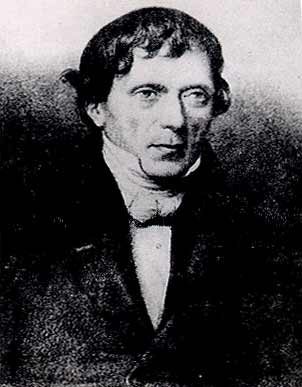
Antoine Reicha
There are a variety of reasons why the exceptional composer and theorist Antoine Reicha (1770-1836) has been confined to the dusty pages of music history. For one, he brusquely turned his back on the performance and publication of his own compositions. As he wrote, “Many of my works have never been heard because of my aversion to seeking performances… I counted the time spent in such efforts as lost, and preferred to remain at my desk.”

Reicha’s 36 Fugues
As Hector Berlioz wrote in 1836, “More than a hundred of Reicha’s compositions have been published and a great number still remain in manuscript, among which many are of the highest importance to the art of music.” Since we are missing much of the all-important publication record, it is not surprising that immediately after his death he fell into obscurity, and not until very recently, has his life and work been studied in some detail. But possibly most important is the fact that he was greatly overshadowed—like everybody else—by Ludwig van Beethoven. We do know that Reicha and Beethoven were youthful friends and colleagues in the Bonn Hoforchester. However, it is debatable whether, as Reicha claims, “we could not stay apart in our youth.”
Antoine Reicha: Octet in E-flat Major, Op. 96 (Consortium Classicum; Dieter Klöcker, clarinet)
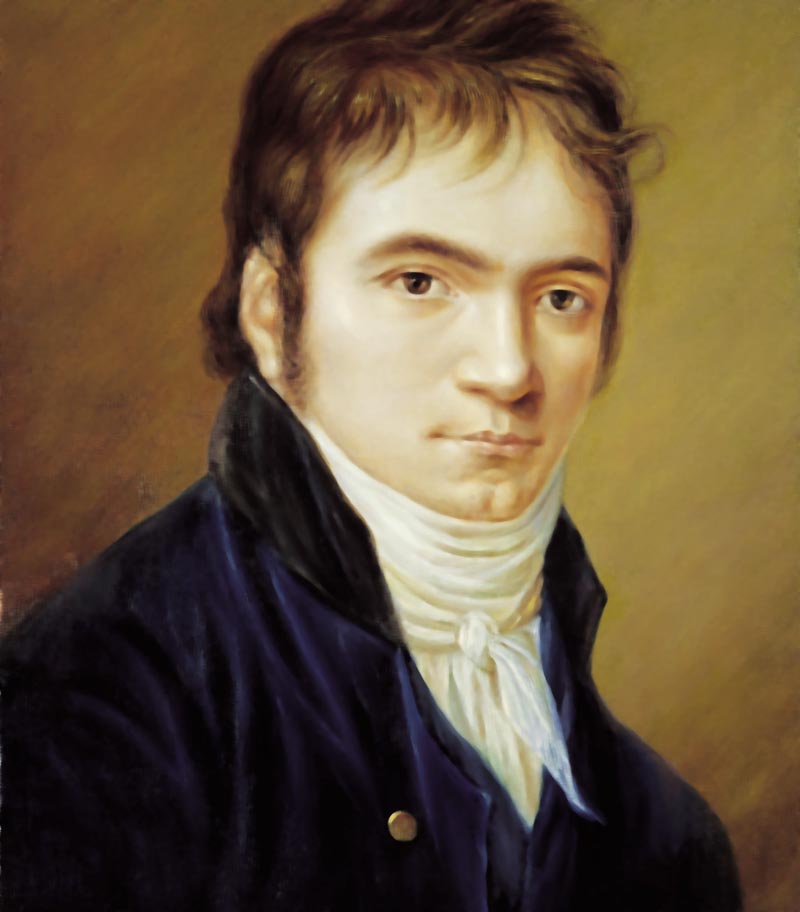
Beethoven
Beethoven left Bonn for Vienna in 1792, and Reicha arrived 10 years later. Reicha seems to have been accepted into the Beethoven circle, or as some contemporaries jokingly suggested into “Beethoven’s kingdom.” In his autobiography, Reicha recalled the following amusing anecdote. “One time at Court, when Beethoven played a Mozart piano concerto, he asked me to turn the pages for him. The piano strings kept constantly breaking and jumping into the air, and the hammers stuck among the broken strings. Beethoven, wishing at all costs to finish the piece, asked me in consequence to disentangle the hammers as they stopped functioning and to remove the broken strings. I was kept busier than Beethoven, for I continually had to go leaping about the piano during the entire performance of piece.”
Things were certainly not as close as Reicha made them out to be, which is amply demonstrated when Reicha published his 36 Fugues “après une nouvelle méthode.” This systematic and “speculative exposition of the possibilities inherent in the idea of fugue” produces some unusual musical results. This includes the historicist use of fugue subjects from earlier masters, a fugue in 5/8 irregular meter, and fugal answers in different keys from the fugal subjects.
Anton Reicha: 36 Fugues, Op. 36 (excerpts) (Milan Langer, piano)
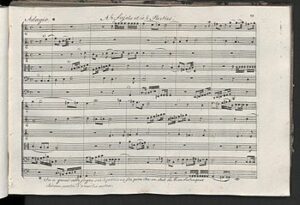
Reicha’s 36 Fugues
In a letter to his Leipzig publisher Breitkopf & Härtel, while discussing his Piano Variations Opus 34 and 35, Beethoven writes. “Instead of making a great clamor about a new method of writing variations, like our worthy neighbors the Gallo-Franks would make, such as for instance, when a certain French composer presented me with fugues après une nouvelle méthode, the method amounting to this, that the fugue is no longer a fugue, and so on—I have wished to draw the attention of those who are not connoisseurs to the fact that at any rate these variations are different from all others.” Although Beethoven does not name any names, it is clear that he was referring to Reicha’s composition, since he also had a copy in his library. We might well assume that the hostility in Beethoven’s letter signaled the end of the friendship. Reicha lived in Vienna for a further seven years, but there is no further mention of Beethoven in his autobiography.
As Berlioz subsequently wrote, “The friendship between the two great musicians does not seem to have lasted long, and probably it was the complete divergence of their ideas on certain important aspects of the poetics of their art that caused their friendship to end. I believe this because I heard Reicha express himself rather coldly about the works of Beethoven, and to speak with ill-concealed irony about the enthusiasm they stirred up.” Berlioz does seem to have a point, as in all his theoretical and pedagogical treatises Reicha does not publish a single musical example taken from Beethoven’s oeuvre.
Antoine Reicha: L’art de varier, Op. 57 (Mauro Masala, piano)
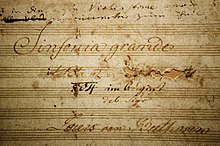
Beethoven’s Eroica Symphony
On account of the Beethoven letter, it has become fashionable and attractive to emphasize the rivalry between Beethoven and Reicha. In a recent musicological study, however, it has been suggested that the two composers “did not so much diverge, but that it was a convergence of musical thought that pushed these musicians apart.” By looking and comparing the music composed by Reicha and Beethoven during the first few years of the nineteenth century, it becomes clear that they were both entering a new stylistic phase. Both composers were working on E-flat Symphonies, Beethoven on his “Eroica” and Reicha on his Op. 41. And both were clearly pushing the envelope, introducing audiences to “new and novel” approaches to music. However, as musicologist John A. Rice writes, “the Beethoven kingdom could have only one ruler: Beethoven himself.”
Antoine Reicha: Symphony in E-flat Major, Op. 41 (Czech Chamber Philharmonic Orchestra; Vojtech Spurny, cond.)

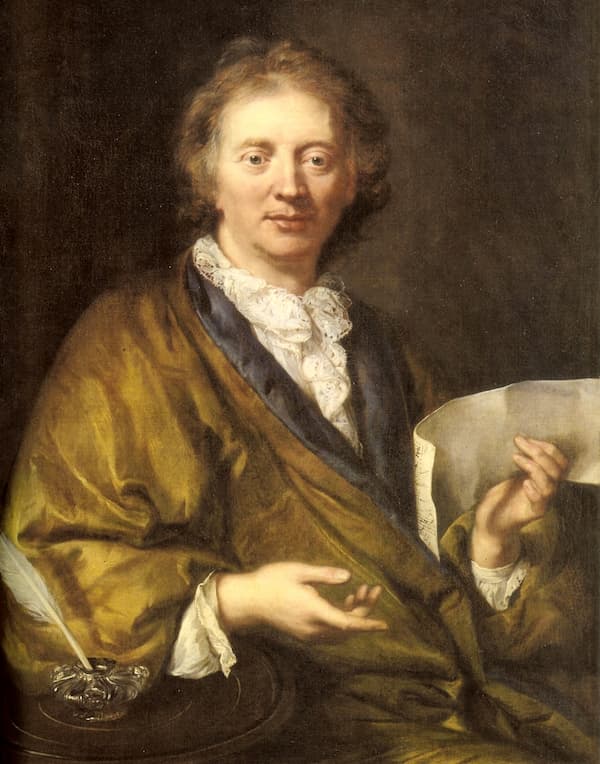

As far as I can tell, the piano string episode occurred in Bonn during their early friendship, not in Vienna, despite slightly unclear order of anecdotes. “Court” below must still refer to that of the Elector of Cologne, who was dead by the time Reicha returned to Vienna:
“At the concerts given by the Elector of Cologne, in which he often
took part himself, playing the viola, a young Countess astounded and
electrified us with her beautiful singing. One evening she sang the sixth
scene, in D minor, from Mozart’s Idomeneo which so impressed van
Beethoven and myself that we were haunted by its beauty for weeks
thereafter. I shall never forget it.
Beethoven, who was born at Bonn, was organist at the Court of the
Elector. Like Orestes and Pylades, we were constant companions during
fourteen years of our youth. After a separation of eight years, we met
again in Vienna where we discussed what new things we were doing.
He liked my cantata Lionore and remarked if he were the Prince
Esterhazy he would give it a proper performance.
One evening when Beethoven was playing a Mozart piano concerto
at the Court . . .”